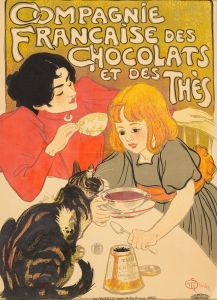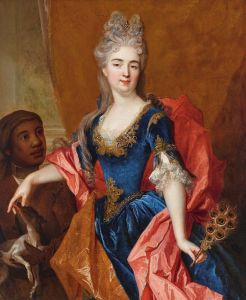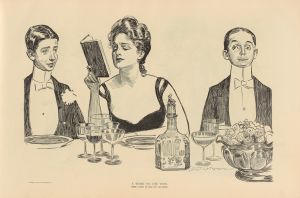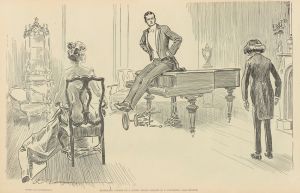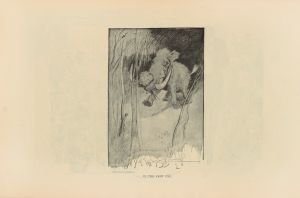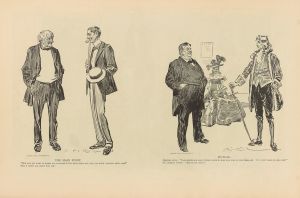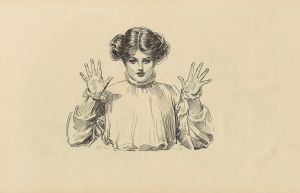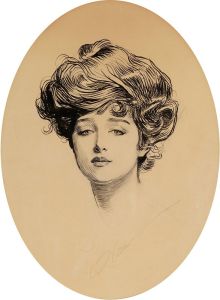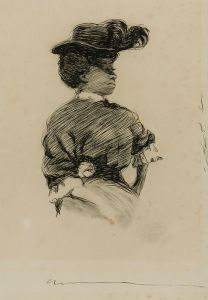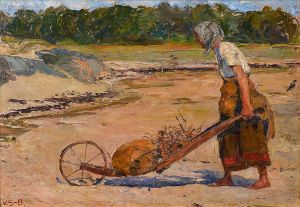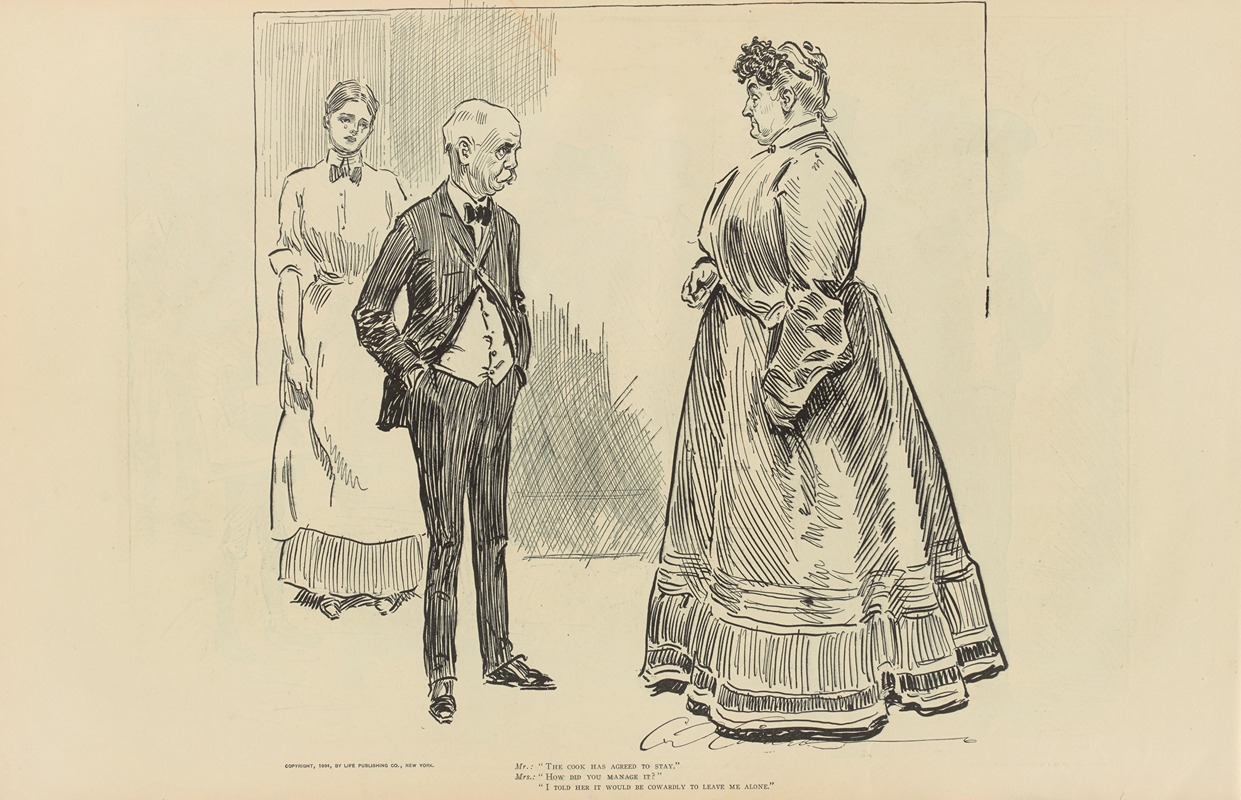
Mr.; ‘The cook has agreed to stay.’
A hand-painted replica of Charles Dana Gibson’s masterpiece Mr.; ‘The cook has agreed to stay.’, meticulously crafted by professional artists to capture the true essence of the original. Each piece is created with museum-quality canvas and rare mineral pigments, carefully painted by experienced artists with delicate brushstrokes and rich, layered colors to perfectly recreate the texture of the original artwork. Unlike machine-printed reproductions, this hand-painted version brings the painting to life, infused with the artist’s emotions and skill in every stroke. Whether for personal collection or home decoration, it instantly elevates the artistic atmosphere of any space.
Charles Dana Gibson was an influential American illustrator, best known for his creation of the "Gibson Girl," an iconic representation of the American woman at the turn of the 20th century. His work captured the spirit and social dynamics of his time, often with a touch of humor and satire. One of his notable works is the illustration titled "Mr.; ‘The cook has agreed to stay.’"
This illustration is part of Gibson's broader body of work that often depicted scenes from upper-class American life, highlighting the social norms and domestic situations of the era. Gibson's illustrations were widely published in popular magazines such as Life, Harper's Weekly, and Scribner's, making him one of the most recognized illustrators of his time.
"Mr.; ‘The cook has agreed to stay.’" reflects Gibson's keen observation of social dynamics and his ability to convey complex narratives through simple yet expressive line drawings. The illustration likely portrays a domestic scene, a common theme in Gibson's work, where the retention of household staff was a significant concern for affluent families. The title itself suggests a moment of relief or triumph, as retaining a cook would have been considered a success in maintaining the smooth operation of a household.
Gibson's work is characterized by its detailed and expressive line work, capturing subtle nuances of expression and posture. His illustrations often included a mix of humor and social commentary, providing insight into the values and concerns of the American upper class during the late 19th and early 20th centuries. The "Gibson Girl" became a cultural icon, representing an idealized version of femininity that was independent, confident, and socially active. Although "Mr.; ‘The cook has agreed to stay.’" does not specifically feature a "Gibson Girl," it shares the same attention to detail and social observation.
Gibson's influence extended beyond illustration; his work helped shape public perceptions of beauty and social roles during his time. The popularity of his illustrations contributed to the rise of illustrated magazines and the importance of visual storytelling in media. His ability to capture the essence of his era with wit and precision made him a beloved figure in American art and culture.
While specific details about the context or publication of "Mr.; ‘The cook has agreed to stay.’" are not extensively documented, it remains an example of Gibson's skill in portraying the subtleties of human interaction and the societal norms of his day. His legacy as an illustrator endures, with his works continuing to be studied and appreciated for their artistic merit and cultural significance.







